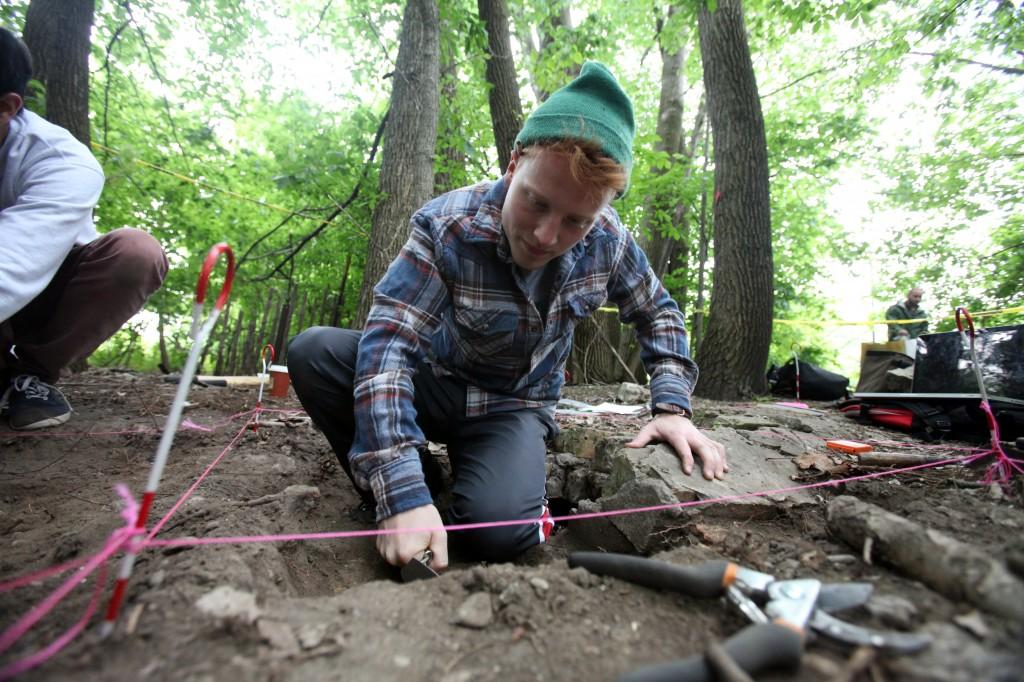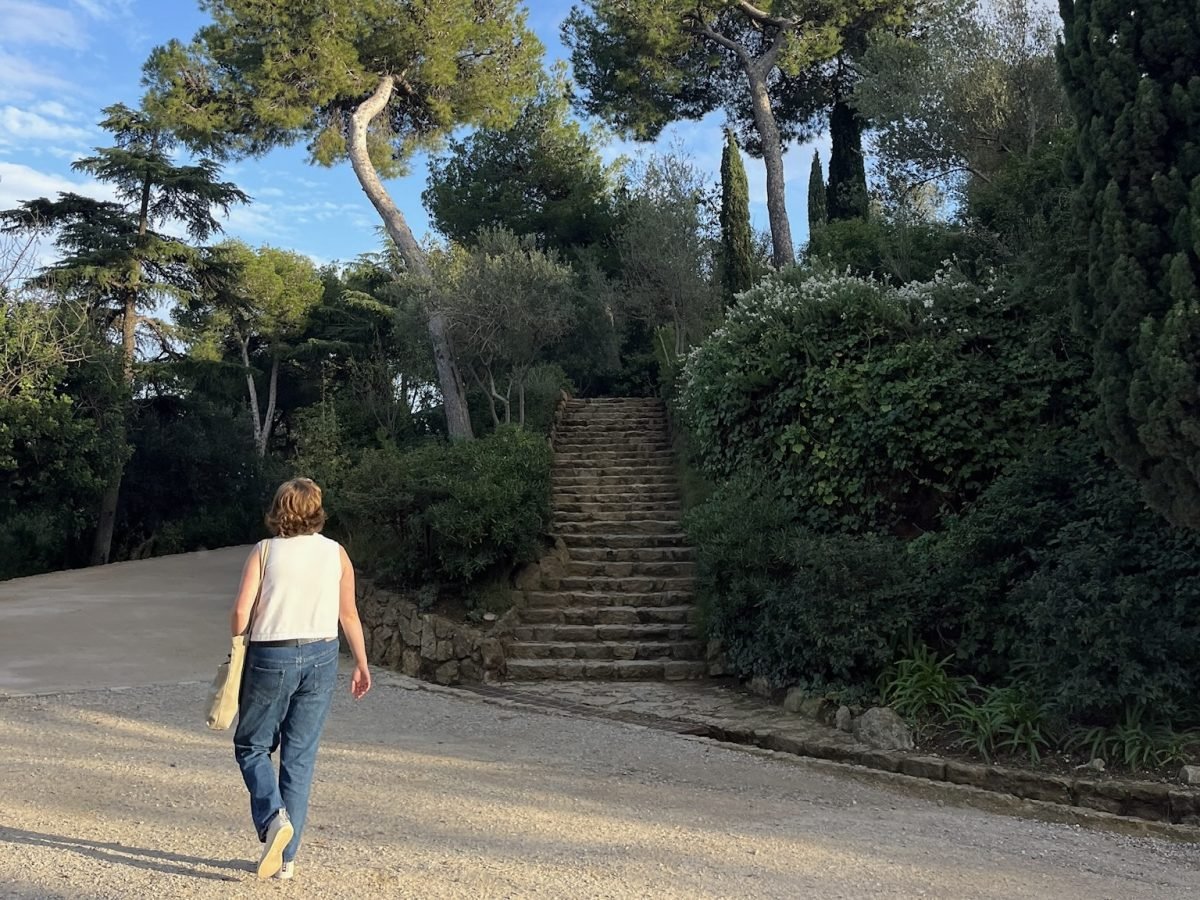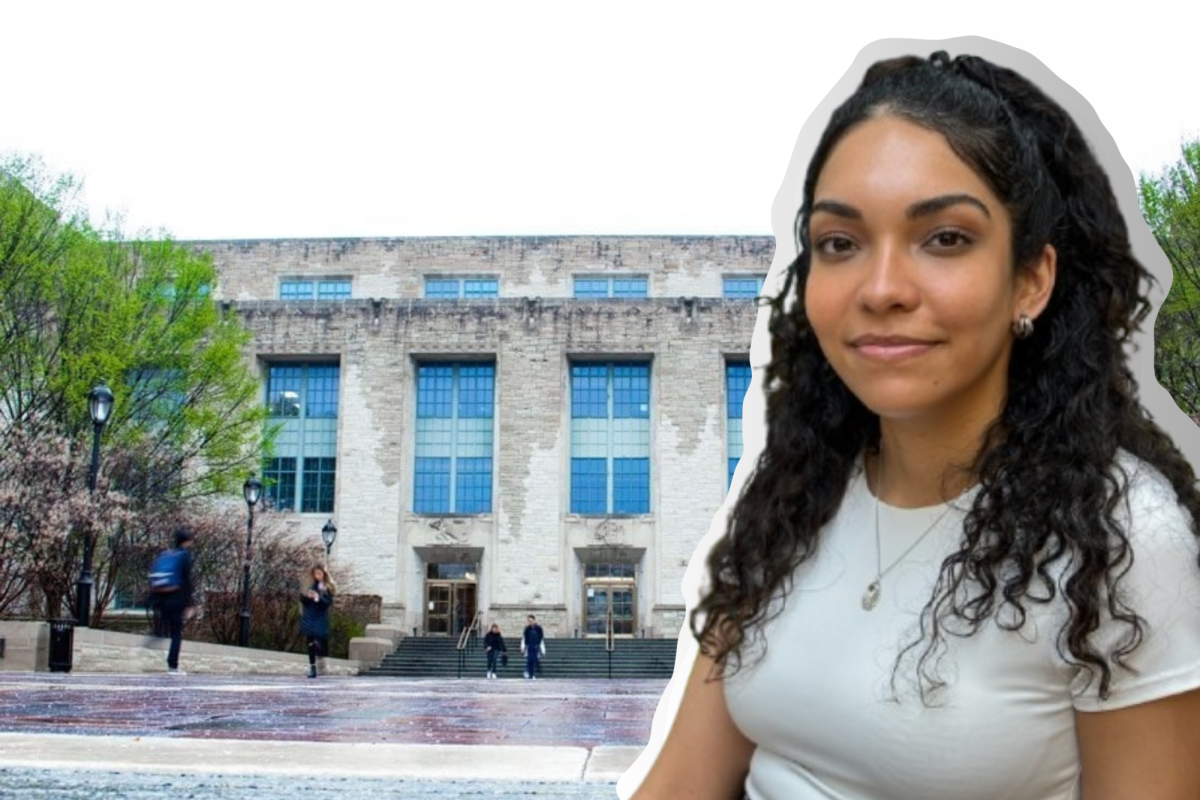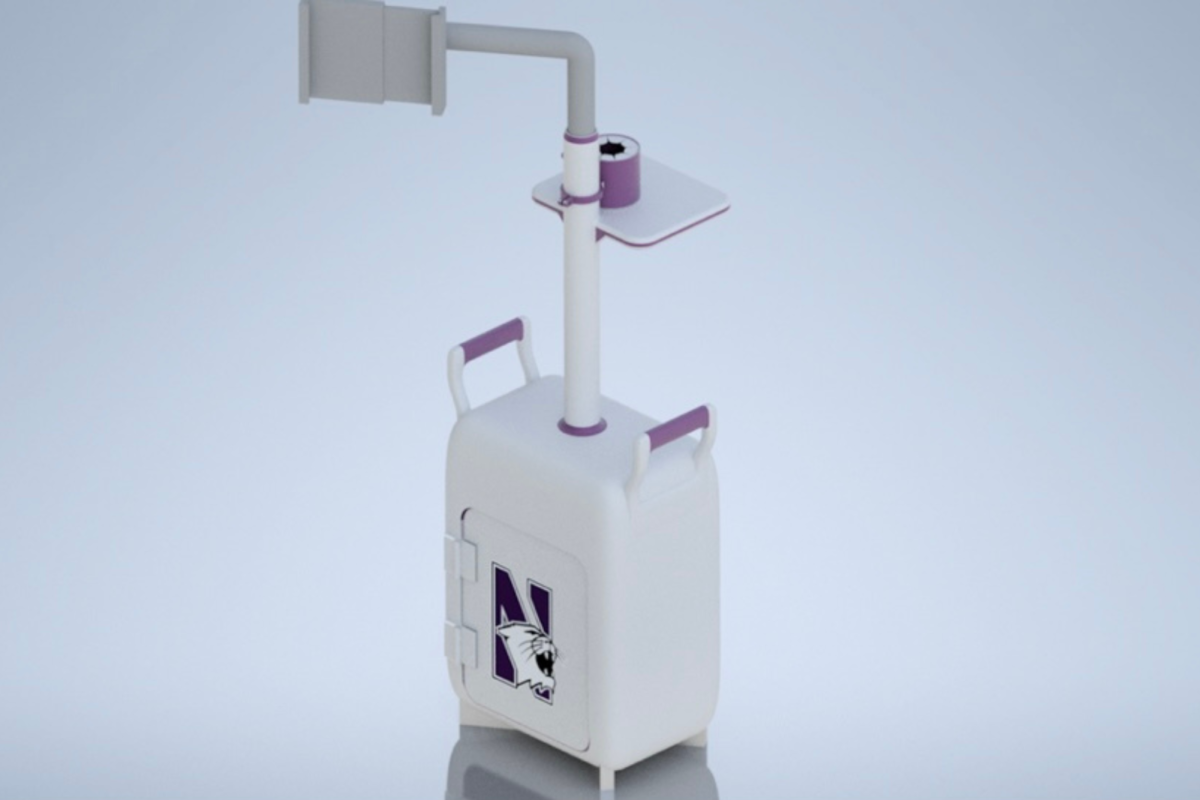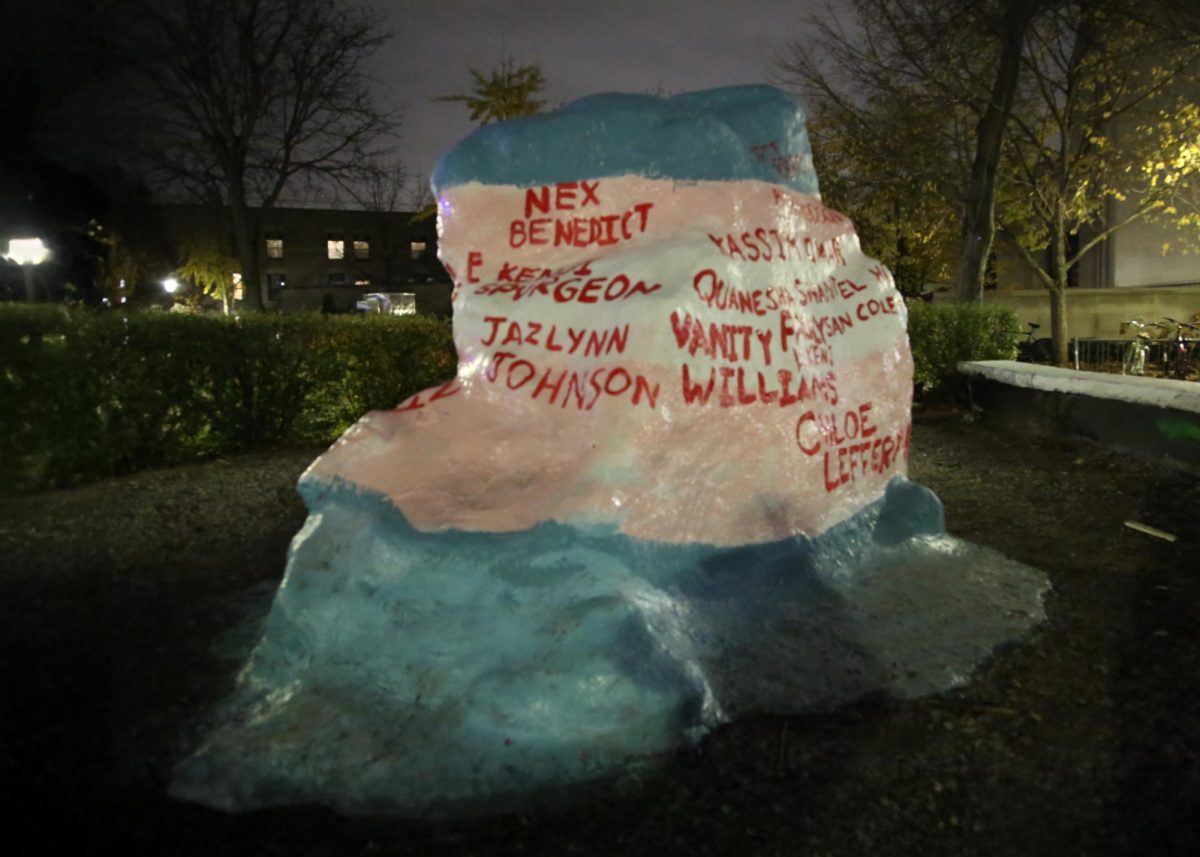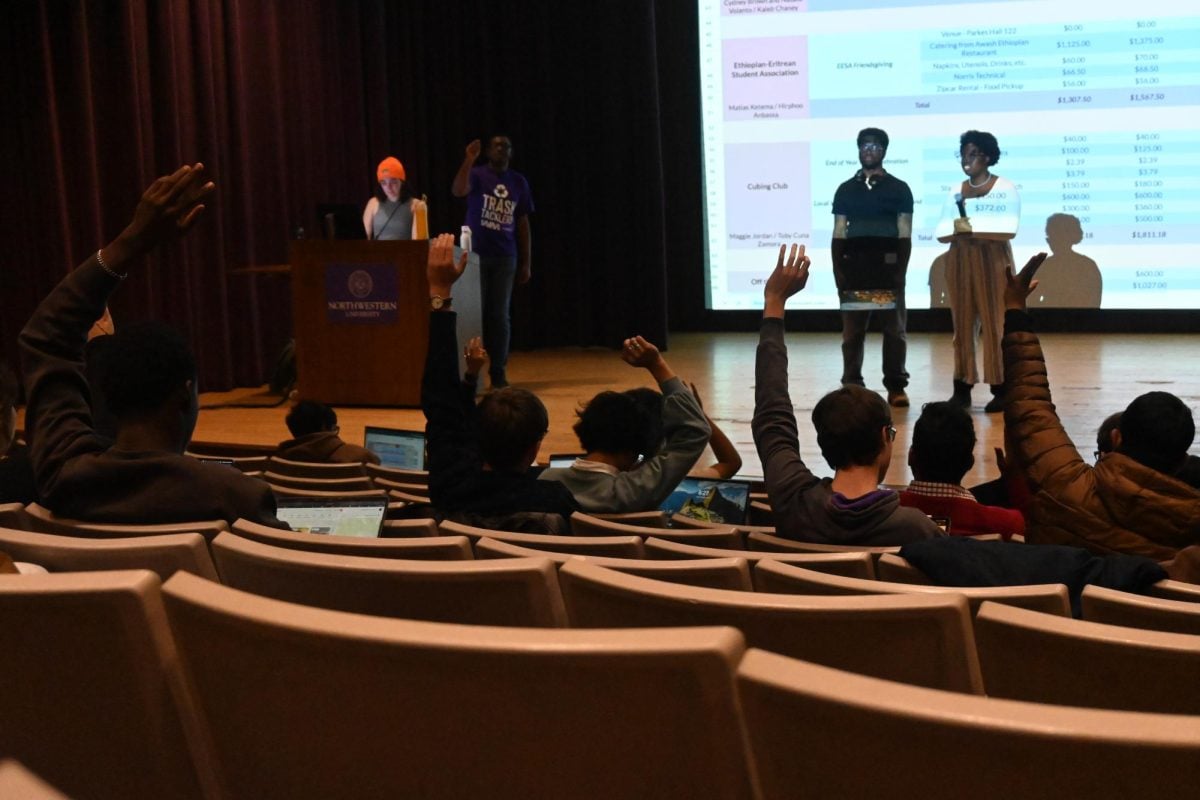Northwestern students in Prof. Mark Hauser’s Introduction to Archaeology class mined into NU’s past last spring during an “urgent” dig pending the construction of a new visitors center south of Fisk Hall.
“We were doing something that was really relevant because of the construction that was happening,” Weinberg senior Eric Johnson said. “It was like rescue archaeology in a way, which made it more meaningful.”
About 10 students excavated two small sites near the boathouse to further understand student life at NU and find physical evidence of a turn-of-the-century “lifesaving club,” a group that would rescue victims of shipwrecks in Lake Michigan. The students learned of the club after watching a documentary found in the University Archives.
“We watched the video and saw pictures of the station and guys that were part of the crew,” Johnson said. “To see the foundations in the earth made it that much more cool.”
Johnson compared the prestige of members of the lifesaving club to that of today’s athletes.
“They didn’t really have a football team at the time or athletic activities,” he said. “The lifesaving station was that equivalent. If you were a student and part of the lifesaving crew, you were identified as a big man on campus.”
Johnson and his fellow classmates discovered a pipe that may have been a part of the house along with ceramic that could have been part of a tea saucer.
Hauser said their research also found that students may have consumed alcohol at the lifesaving club during Prohibition in Evanston.
“They worked there, they possibly lived there, they socialized there,” Hauser said. “Evanston was a dry town, yet there might be some activities that students enjoy today (that went) on within this lifesaving agency.”
Archaeology students also found that the figurative divide between NU’s North Campus and South Campus may have been a physical one during the 19th century. They discovered accounts of a stream, formerly located just south of Garrett-Evangelical Theological Seminary. Accounts referred to the river as “The Rubicon,” named after the ancient river Julius Caesar crossed to pass into Rome and start a civil war.
“What you have here is a little stream that signified a boundary between the Northwestern Universities, and it’s somewhere between where North and South Campus meet today,” Hauser said.
Hauser said the dig benefited NU by affording students hands-on experience and providing the community with more insight into the university’s past.
“It helps us understand how young men and women, students, built a community and built a life,” Hauser said.

